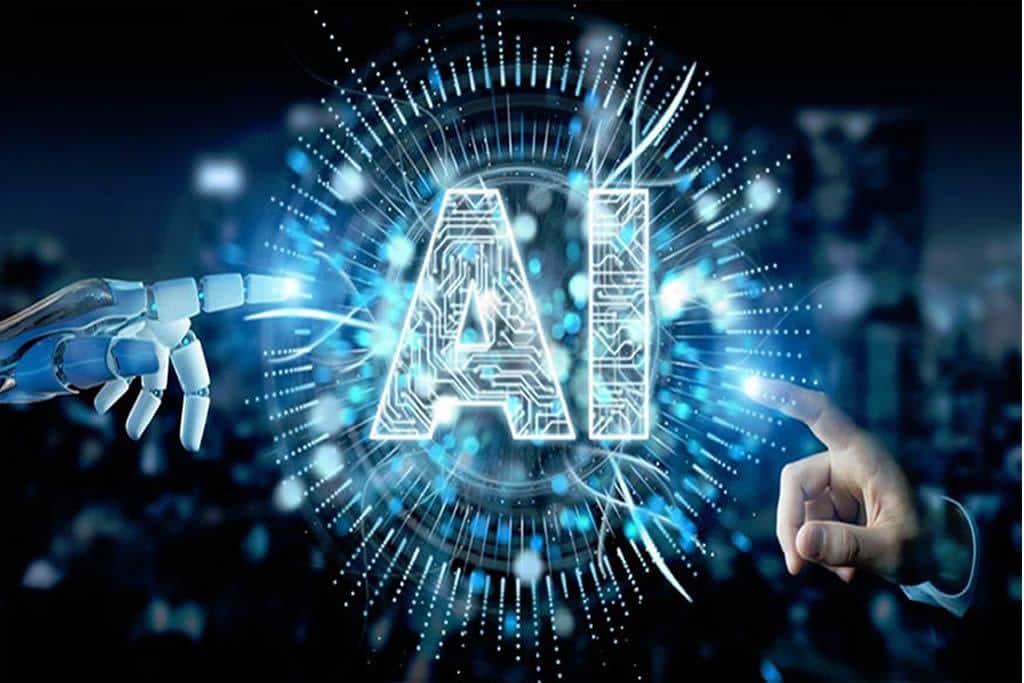
Artificial intelligence to fight coronavirus
Last updated on February 23rd, 2023 at 11:15 am
Predictive data analysis, remote monitoring, 3D printing, chat boxes and robots can be useful to contain and reduce the contagion of the new coronavirus (COVID-19), to follow the positives at a distance, to program resources, to disinfect and help people sick in total safety. By analyzing news reports, social media platforms, and government documents, artificial intelligence (AI) can learn to detect an outbreak. Artificial intelligence company Infervision launched a coronavirus AI solution that helps front-line healthcare workers detect and monitor the disease efficiently. Imaging departments in healthcare facilities are being taxed with the increased workload created by the virus. A consortium called C3.ai Digital Transformation Institute (C3.ai DTI) has been also created in USA with a fund research for a total of almost 6 million dollars aimed at mitigating the pandemic using artificial intelligence.
Prince Harry promotes Bon Jovi’s Unbroken honouring the brave hearts of armed forces
The consortium is made up of academic and non-academic institutions, including the universities of Princeton, Carnegie Mellon, the Massachusetts Institute of Technology, the University of California, the University of Illinois, the University of Chicago, as well as the C3.ai and Microsoft groups. According to reports on the C3.ai DTI website, the consortium’s mission is to attract the world’s best-trained researchers in the field of artificial intelligence in a joint, coordinated and ongoing effort in this venture.
The first research call launched by the consortium, for a total of 5.8 million dollars, is entitled “Techniques based on artificial intelligence to mitigate the pandemic” and the proposals of scientists from all over the world can be sent by May 1. There are many objectives in the field for this call: from the use of artificial intelligence to develop new drugs against the virus or to convert drugs already in clinical use with other indications, from designing clinical trials to the development of models to simulate the effectiveness of prevention and making predictions for the near future. The researchers will also be able to use supercomputers and all the artificial intelligence tools.




